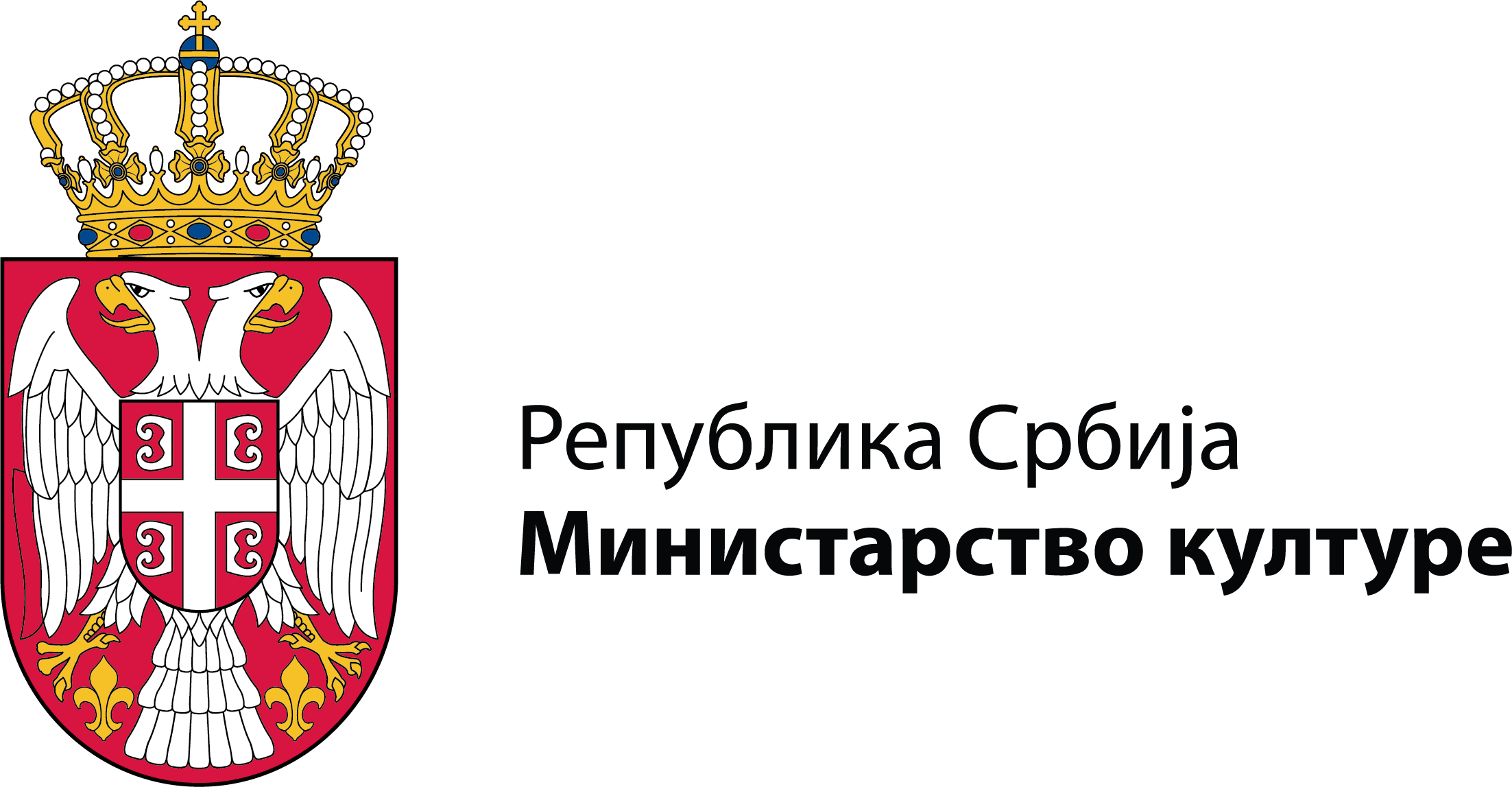Hristifor Crnilović
Hristifor Crnilović was born in 1886 in Vlasotince. He studied painting in Belgrade and Munich. Early on, he showed interest in studying and collecting ethnographic and artistic objects of our national cultural heritage in Southern Serbia, Kosovo-Metohija region and Macedonia.
After the death of Hristifor Crnilović, the Collection was handed over to the city of Belgrade through his heirs with the condition that it be kept as a separate entity. The city provided a renovated and restored old building, Manak's House, to house the Collection, and obliged the Ethnographic Museum to take care of it.
The collection contains 2,600 objects of great cultural value, 1,617 negative plates of objects recorded in the field, over 21,000 sheets of manuscript material recorded in the field and from literature, over 700 books and magazines with predominantly historical and ethnographic content. The largest part of the Collection consists of rural and urban costumes and jewelry. To a lesser extent, furniture, parts of wood-carved interiors
The collection contains 2,600 objects of great cultural value, 1,617 negative plates of objects recorded in the field, over 21,000 sheets of manuscript material recorded in the field and from literature, over 700 books and magazines with predominantly historical and ethnographic content. The largest part of the Collection consists of rural and urban costumes and jewelry. To a lesser extent, furniture, parts of wood-carved interiors
are represented, various dishes, carpets, tools of certain trades and occupations, accessories for smoking, writing, combing, spinning, dyeing, weaving, weapons, parts of horse equipment, musical instruments, church relics, items with customs, etc.
Hristifor Crnilović was also interested in objects from earlier eras, so the Collection contains archaeological objects, numismatic objects (Roman, Byzantine and Turkish coins and medieval Serbian money and jewelry). He collected about 500 postcards, on which folk costumes, ornaments and folk dances from all parts of the former Yugoslavia were presented.
You can visit Manak's house every day, except Sunday and Monday, from 10 a.m. to 5 p.m., at Gavrila Principa 5.
Hristifor Crnilović was also interested in objects from earlier eras, so the Collection contains archaeological objects, numismatic objects (Roman, Byzantine and Turkish coins and medieval Serbian money and jewelry). He collected about 500 postcards, on which folk costumes, ornaments and folk dances from all parts of the former Yugoslavia were presented.
You can visit Manak's house every day, except Sunday and Monday, from 10 a.m. to 5 p.m., at Gavrila Principa 5.

